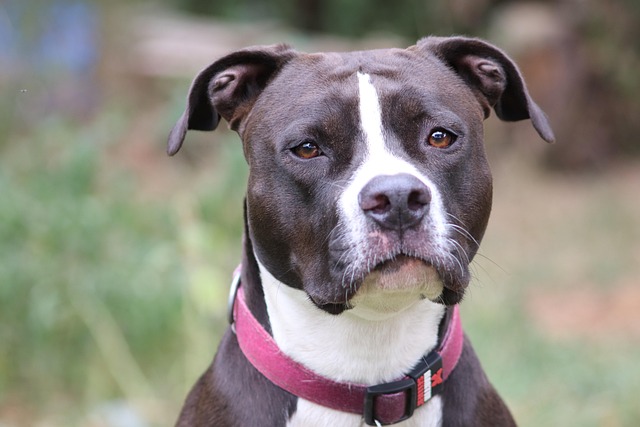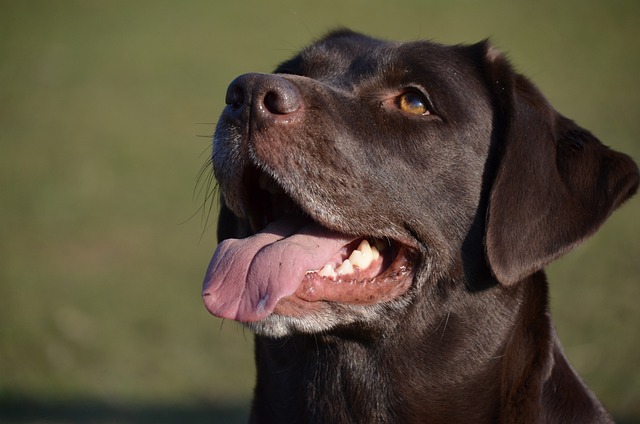You clip on Bailey’s collar for your evening walk around the neighborhood park, and suddenly your usually bouncy Golden Retriever freezes, scratches frantically at her neck, or even tries to back away. It’s puzzling! Why would a simple collar cause such a dramatic shift in behavior? This common reaction often boils down to two key factors: sensory input and learned associations. For dogs, a collar introduces constant, novel pressure and sensation around their sensitive neck – imagine suddenly wearing a snug hat 24/7. Some pups, especially sensitive breeds or those adopted later in life, find this sensation overwhelming or even mildly aversive at first. More importantly, dogs are masters of association. If the only time Bailey feels that collar pressure is when she’s being restrained for a bath she hates, dragged away from an exciting squirrel chase at the local dog park, or corrected harshly on a leash, her brain links the collar itself with negative experiences. This isn't stubbornness; it's collar desensitization needing patience, not force.
The solution lies in rewiring those associations through gradual, positive conditioning – the cornerstone of modern, ethical positive reinforcement training expected in the US and EU. Forget jerking the leash or forcing the collar; this approach builds trust. Start without the walk pressure. Leave a lightweight, well-fitted collar (you should comfortably fit two fingers underneath) on Bailey during calm, happy times indoors – like during cuddles on the sofa or while she’s enjoying a stuffed Kong in her apartment corner. Pair the collar's presence with something amazing: gentle praise, tiny bits of chicken, or her favorite belly rubs the moment it’s clipped on. Keep initial sessions very short (seconds!), then gradually increase duration over days. If she scratches or seems bothered, distract her with play or a simple training command she knows ("Sit!") followed by a reward, rather than immediately removing it. This teaches her the collar predicts good things, not stress. Once she’s relaxed indoors, attach the leash inside and let her drag it briefly during play, rewarding calmness before ever heading out your apartment door.

Crucially, responsible dog ownership in the US intertwines with collar use. That collar isn’t just for attaching a leash; it legally must hold up-to-date identification tags, including proof of rabies vaccination – mandated by law in virtually every state and county for licensing. Think of it as your dog's lifeline if they ever get lost during a walk in the community park. While working on Bailey’s comfort, never skip the collar and tags, even in fenced yards. Public areas demand compliance: always carry biodegradable poop bags (local ordinances strictly require immediate cleanup, especially in shared apartment complex grounds), and understand leash laws. Most US communities require leashes in all public spaces – using a secure harness attached to the collar can be a great interim step if neck sensitivity persists, providing better control without pressure on the throat, but the ID collar remains essential. Consistent, gentle leash compliance training using treats for walking nicely beside you reinforces that collar + leash = enjoyable exploration, not restriction.
Remember, sudden behavior changes warrant a vet check to rule out pain (like an ear infection making collar contact sore). But for most dogs, collar sensitivity is a training hurdle, not a health crisis. Celebrate tiny wins: Bailey not flinching when the buckle clicks, or taking one calm step on the leash in your hallway. With patience and positive methods aligning with animal welfare standards, that collar will transform from a source of stress into a signal of safe, happy adventures together. Responsible ownership means ensuring her comfort and her safety within community rules.






